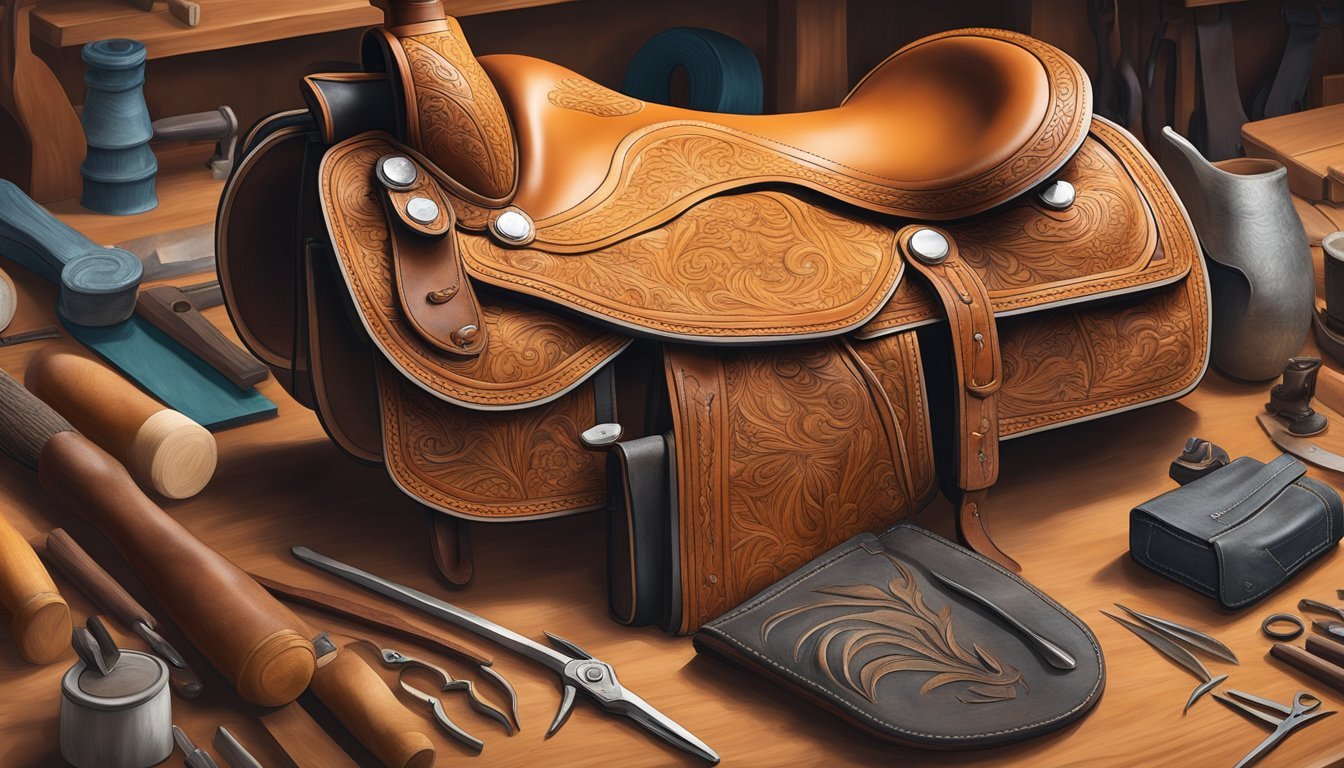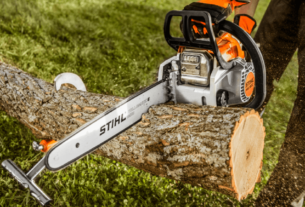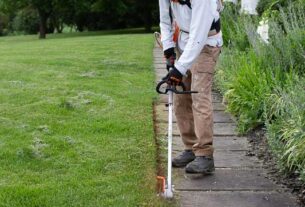Are you a saddle maker looking to take your craft to the next level? Look no further than the right tools. Investing in quality saddle making tools is essential to producing high-quality, durable saddles that stand up to the test of time.
In this article, we’ll cover everything you need to know about saddle making tools, including what they are, why they’re important, and which ones you should invest in.
Before we dive into the specific tools, let’s first discuss why having the right equipment is so crucial when it comes to saddle making.
Why Saddle Making Tools Matter
When it comes to crafting anything by hand, having the right tools can make all the difference. This is especially true when it comes to saddle making. Saddles are complex pieces of equipment that require a variety of specialized tools and techniques to produce.
Using the wrong tools or inadequate equipment can lead to subpar results and even injury. Without proper support or alignment, your body could suffer from discomfort or pain after long hours of crafting saddles with improper tools.
On the other hand, investing in high-quality saddle making tools will not only improve the quality of your work but also make your job easier and more enjoyable. You’ll be able to create better-fitting and more comfortable saddles with less effort.
The Essential Saddle Making Tools
Let’s now explore some of the most important saddle making tools every craftsman should have in their workshop:
1. Sewing Machine
A sewing machine is an essential tool for any serious saddle maker. It allows for faster and more precise stitching than hand-sewing, saving time and improving accuracy.
When choosing a sewing machine for saddle-making purposes, look for one that can handle heavy-duty materials like leather and canvas. A walking foot machine is ideal as it helps feed material through evenly without shifting or bunching.
2. Leather Skiving Machine
A leather skiving machine is used to thin out leather, making it easier to work with and reducing bulk in areas where multiple layers of leather are necessary. This tool is especially useful in creating smooth, professional-looking edges on saddle pieces.
3. Saddle Tree
A saddle tree is the foundation of a saddle’s structure, providing its shape and support. It is made from wood or fiberglass and comes in different sizes and shapes to fit various horse breeds and rider preferences.
Investing in a high-quality saddle tree is essential for producing comfortable, well-fitting saddles that last a long time. A poorly made or ill-fitting tree can cause discomfort to both the horse and rider.
4. Stirrup Irons
Stirrup irons are the metal loops that allow riders to place their feet while riding. They come in a variety of shapes and sizes, depending on the type of riding being done.
Investing in quality stirrup irons will improve stability while riding, reduce strain on the rider’s knees and ankles, and make it easier to mount and dismount the horse.
5. Edge Beveler
An edge beveler is used to round off sharp edges on leather pieces, giving them a more polished look and preventing fraying over time. It also makes pieces easier to handle when sewing or attaching them together.
6. Leather Punch
A leather punch is used to make holes in leather pieces for stitching or attaching hardware like buckles or dees.
When choosing a leather punch, look for one that can handle heavy-duty materials like thick leather without breaking or dulling quickly.
7. Stitching Awl
A stitching awl is used to create holes for hand-sewing and repairing stitches that have come loose over time.
Look for an awl with a sturdy handle that feels comfortable in your hand and has a sharp point for piercing tough materials.
8. Leatherworking Hammer
A leatherworking hammer is used to pound and shape leather pieces, making them more malleable and easier to work with. It’s also useful for setting hardware like rivets or snaps.
When choosing a leatherworking hammer, look for one with a comfortable grip and a weight that feels balanced in your hand.
Conclusion
Investing in quality saddle making tools is essential for producing high-quality, durable saddles that stand the test of time. From sewing machines to stirrup irons, each tool has its unique role in creating a comfortable and functional saddle.
By using the right tools, saddle makers can create beautiful, long-lasting saddles that riders will cherish for years to come. So, what are you waiting for? Start investing in your craft today!
Wiki Reference:
Saddle tree: https://en.wikipedia.org/wiki/Saddle_tree




